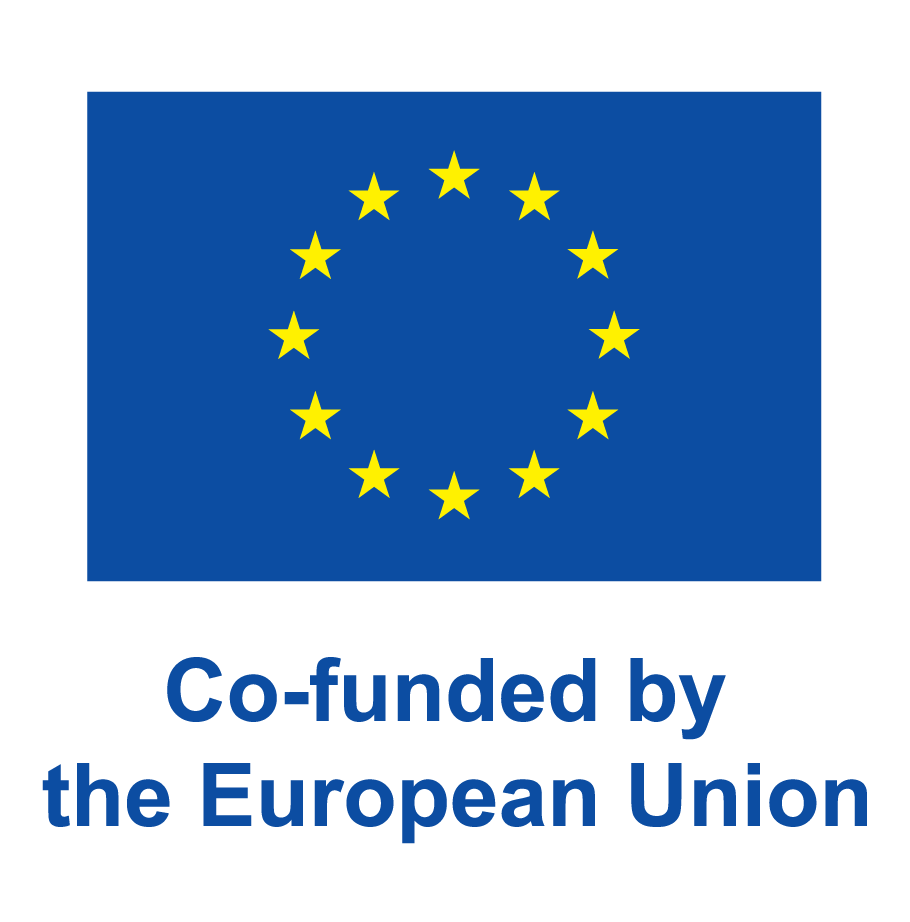Find an expert II – WP3 Nomenclature convergence – Status report
Alongside the Findex II project and its action plan (timeline) the task specifically assigned to Working Package 3 has been to develop a draft set of nomenclature, that will serve as a harmonized set of categories of fields of expertise. As the project also foresees the installation of a demo-IT-tool (search engine), where judicial experts shall be listed and found, the main achievement of Working Package 3 lies in the definition of a nomenclature as much as compatible with existing nomenclatures in Member States, that will allow for the search engine to smoothly frame existing definitions of areas of expertise and therefore to support the efficient search of the proper judicial expert. According to the project’s outset, six Pilot Member States will start to be engaged in the application of the demo-IT-tool (search engine).
On the way to producing the draft set of (harmonized/converged) nomenclature, the starting point for Working package 3 was to take a closer look at existing nomenclatures in the Member States to get an overview on the approaches, differences and similarities. The first milestone for the group was therefore to sum up existing nomenclatures already in place in the Pilot Member States (inventory report).
The inventory report was due by August 2022 and has been delivered on time. It has shown to no surprise that Pilot Member States have identified and divided up possible fields of expertise into nomenclatures, and different numbers of categories have been put in place throughout. Adding to that, many of the areas of expertise seem to have been similar by concept/approach, as judicial experts are presumably required to assist judicial proceedings on similar topics and questions. No need to explain, that i.e. the fields of medicine, real estate evaluation and/or forensics (and many more) are widely foreseen in one or the other way. On the other hand, (Pilot) Member State’s approach on installing nomenclatures is varying significantly on the number of categories and the level of subdivision, as well as on the question of if the nomenclature has been standardised nationwide or if it is regionally determined.
Coming back to the task of Working Package 3, the conclusions drawn from the inventory report do serve as an initial inspiration for the upcoming discussions on the set of nomenclature that will have to be drafted for presentation at the Conference of Consensus. For example, commonly foreseen areas of expertise that could be identified in the inventory report will be most probably not only make it to the nomenclature of Findex II, they will also cover major parts. Coming from that, a first set of nomenclature has already been drafted and put up for discussion in Working Package 3, where to a certain extent commonly known categories of nomenclature have been taken over from existing sets. It has implicitly been defined as one of the guidelines for the approach in Working Package 3, that existing nomenclatures shall serve as patterns as much as possible (to create a set, that deviates from already existing models only as far as harmonisation requires).
Working Package 3 is looking forward to fruitful and creative discussions on the draft set of nomenclature this very autumn. The challenge in front of us is not to be underestimated as differences and variations in Member States’ nomenclatures need to be elegantly converged, and it is to be anticipated that the higher the level of (sub)division of areas of expertise the more pragmatic and creative the solutions will have to be. For this reason and in first place, it is envisaged to begin with a rather small number of categories that works out than to lose path in the discussions of details.
The spirit in Working Package 3 is comfortably high, and we are looking forward to being updating on the progress of Working Package 3 soon.
Jan Wannenmacher, Vienna and Bertrand Ludes – President of the Europe Commission of the CNCEJ lead the Working Package 3

Co-funded by the European Union. Views and opinions expressed are however those of the author(s) only and do not necessarily reflect those of the European Union. Neither the European Union nor the granting authority can be held responsible for them.
